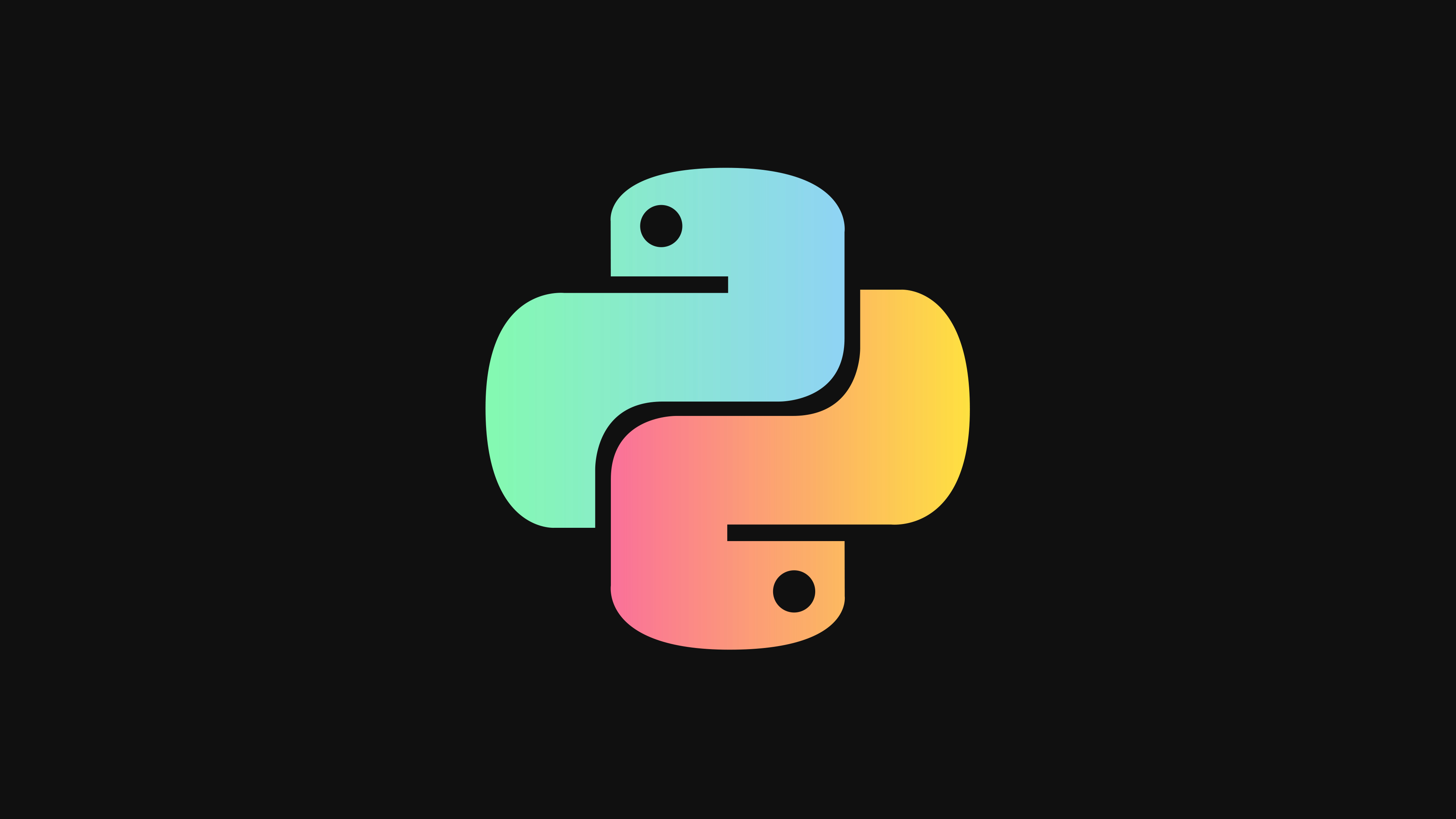Time Decorator Python Tutorial For Beginners
Python is a powerful programming language that has a rich ecosystem of libraries and frameworks. One such library is the datetime module, which provides a set of classes for working with dates and times. One of the classes in this module is the datetime class, which represents a date and time in Python. The datetime class provides a number of useful methods for working with dates and times, including the ability to format dates and times in a variety of ways. In this tutorial, we will explore the time decorator in Python and how it can be used to format dates and times.
The time decorator in Python is a function that can be used to format dates and times in a variety of ways. The function takes a datetime object as an argument and returns a formatted string.
The syntax for the time decorator is as follows:
Here, datetime_object is an instance of the datetime class, and format is a string that specifies the desired format for the output string. The strftime method stands for "string format time" and is used to convert a datetime object to a formatted string.
The format string is made up of a combination of format codes and text characters. The format codes are placeholders for various components of the date and time, such as the year, month, day, hour, minute, and second. For example, the format code %Y represents the year with century as a decimal number, while %m represents the month as a zero-padded decimal number. The text characters in the format string are simply the text that appears between the format codes.
Here are some examples of how the time decorator can be used:
In the first example, we create a datetime object representing the current date and time using the now() method of the datetime class. We then format the datetime object using the %Y-%m-%d %H:%M:%S format string, which produces a string in the format YYYY-MM-DD HH:MM:SS.
In the second example, we use the %a, %d %b %Y %H:%M:%S format string, which produces a string in the format Day, DD Month YYYY HH:MM:SS. Here, %a represents the abbreviated weekday name, %d represents the day of the month as a zero-padded decimal number, %b represents the abbreviated month name, %Y represents the year with century as a decimal number, %H represents the hour as a zero-padded decimal number, %M represents the minute as a zero-padded decimal number, and %S represents the second as a zero-padded decimal number.
In the third example, we use the %I:%M:%S %p format string, which produces a string in the format HH:MM:SS AM/PM. Here, %I represents the hour in 12-hour format as a zero-padded decimal number, %M represents the minute as a zero-padded decimal number, %S represents the second as a zero-padded decimal number, and %p represents either AM or PM according to whether it is before or after noon.
In addition to these format codes, there are many others that can be used with the time decorator. The Python documentation provides a full list of format codes that can be used with the strftime() method.
Here are some additional examples of how the time decorator can be used:
In the first example, we create a datetime object representing a specific date and then use the %A, %B %d, %Y format string to format the date in a long-form format that includes the full weekday name, the full month name, and the year.
In the second example, we use the %m/%d/%y format string to format the date in a short-form format that includes only the month, day, and two-digit year.
In the third example, we use the %H:%M:%S format string to format a time in 24-hour format that includes the hour, minute, and second.
The time decorator is a powerful tool for working with dates and times in Python. By understanding the various format codes and how they can be used to create formatted strings, you can create output that meets your specific needs. Whether you are working with dates and times in a data analysis project, creating reports, or building web applications, the time decorator is a valuable tool to have in your Python toolkit.


No comments: